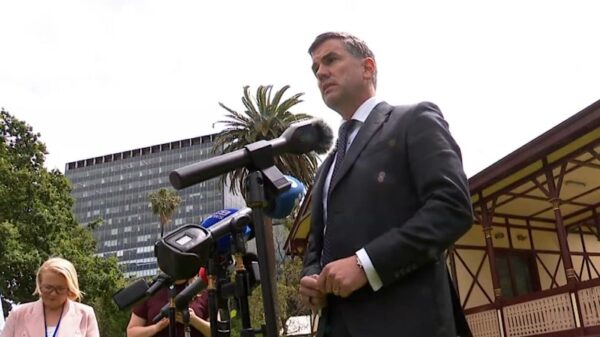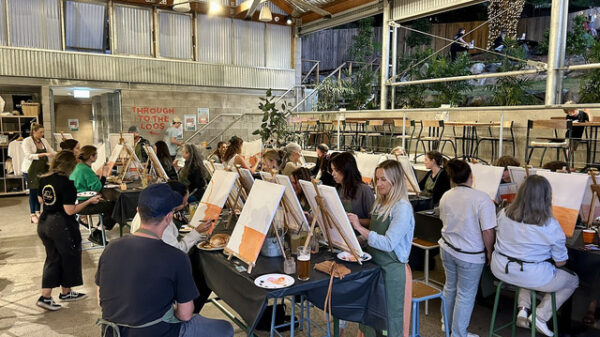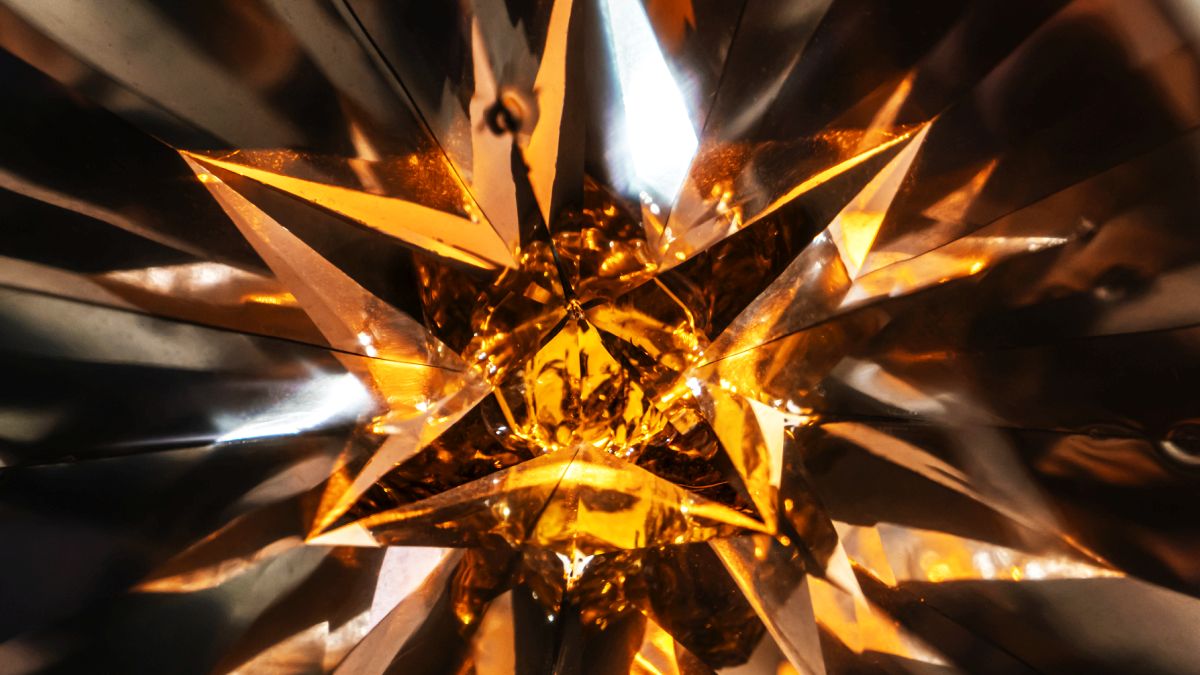A team of scientists has successfully developed a novel time crystal, dubbed the time rondeau crystal, which showcases a unique interplay of order and chaos in the realm of timekeeping. This groundbreaking discovery was led by physicists Leo Joon Il Moon from the University of California, Berkeley, and Paul Schindler from the Max Planck Institute for the Physics of Complex Systems in Germany. Their research, published in Nature Physics, demonstrates how matter can maintain a kind of temporal order that is not strictly periodic.
The time rondeau crystal oscillates between states of disorder and order, revealing a new approach to understanding time’s structure. The researchers explain that by breaking the periodicity of the drive, they can create exotic forms of partial temporal order. These findings expand on the initial theoretical predictions made by Frank Wilczek in 2012, with the first practical observations occurring in 2016.
Understanding Time Crystals and Their Properties
Conventional crystalline materials, such as diamond and quartz, are characterized by a three-dimensional arrangement of atoms that repeat regularly. In contrast, time crystals present a scenario where particles oscillate through sequences that defy traditional timing cues. This movement occurs within their lowest energy states, resulting in a recurring pattern that can be overlaid perfectly, similar to how atoms are arranged in a crystal structure.
The research introduces the concept of a time quasicrystal, where atomic oscillations are structured but do not repeat in a predictable manner. This mirrors the Penrose tiling pattern, which adheres to specific rules while remaining non-repetitive. The time rondeau crystal combines these ideas, reflecting both periodic and non-periodic characteristics, akin to the classical musical form known as a rondeau. The researchers reference Mozart’s famous “Rondo alla Turca” as a fitting analogy for this newly identified temporal order.
Experimental Techniques and Future Implications
The scientists constructed their time crystal using atomic-scale vacancies in a diamond, specifically nitrogen-vacancy centers, where a nitrogen atom is adjacent to an unoccupied lattice site. By employing lasers to excite these centers, they hyperpolarized the nuclear spins of carbon-13 atoms within the diamond. A programmable arbitrary waveform generator directed the spins through a series of carefully timed pulses, producing oscillations that varied from periodic to random.
Throughout their experiments, the team observed that the time crystal could oscillate for over 4 seconds before decay. Despite the apparent disorder within individual cycles, the overall state of the crystal exhibited a repeating pattern at the start of each cycle. This phenomenon is comparable to how a strobing light can capture a consistent pattern in an image sequence.
To demonstrate the controllability of their time crystal, the researchers encoded the phrase “Experimental observation of a time rondeau crystal. Temporal Disorder in Spatiotemporal Order” into the timing of the pulses using the ASCII standard. While practical applications of this technology are still in the exploration phase, the findings hint at exciting possibilities for future research.
The authors conclude that their work opens “a promising new avenue to investigate temporal order,” highlighting the stable coexistence of long-range temporal order alongside short-term micromotion disorder. This innovative research not only advances the field of condensed matter physics but also poses intriguing questions about the nature of time itself.






























































